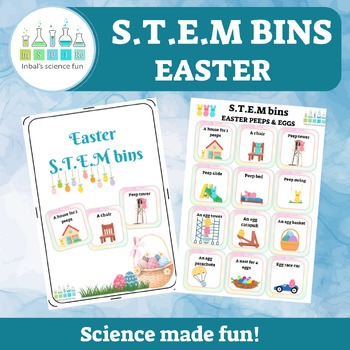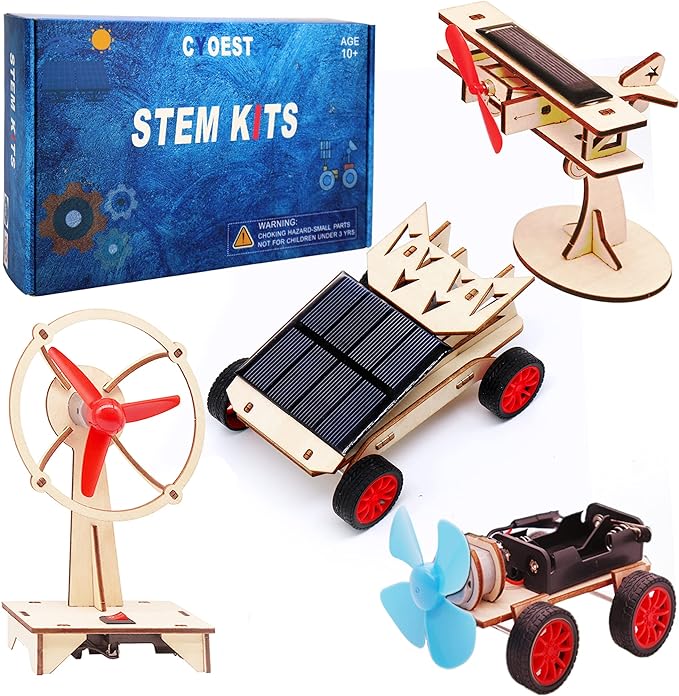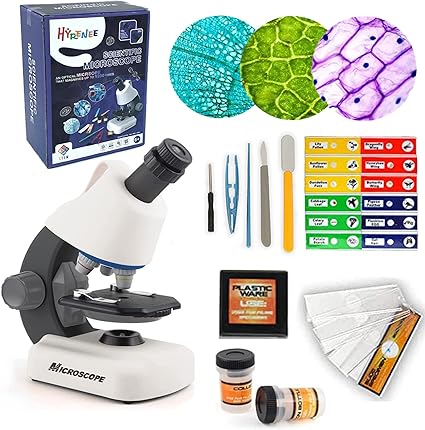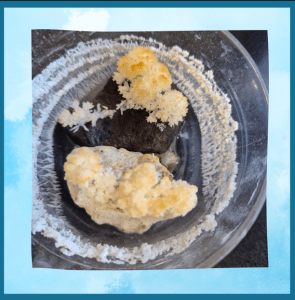Easter Egg Science: The best Egg-periments for Easter
Easter isn’t just about chocolate and bunnies; it’s also a perfect time to dive into some fun and educational egg science experiments.
Using eggs, which are synonymous with Easter, we can explore various scientific principles in a way that’s both engaging and informative. These experiments are ideal for parents and teachers looking to inspire a love of science in children.

#1 The Newton Egg Drop: Exploring Gravity and Momentum
One of the most thrilling experiments involves the Newton egg drop. Carefully position an egg above a cup of water and let it fall. This experiment demonstrates gravity’s pull and how objects gain momentum. It’s a practical demonstration of Newton’s laws of motion, and the suspense of whether the egg will crack adds excitement.
<<Click here to learn more about the Newton egg drop experiment!>>
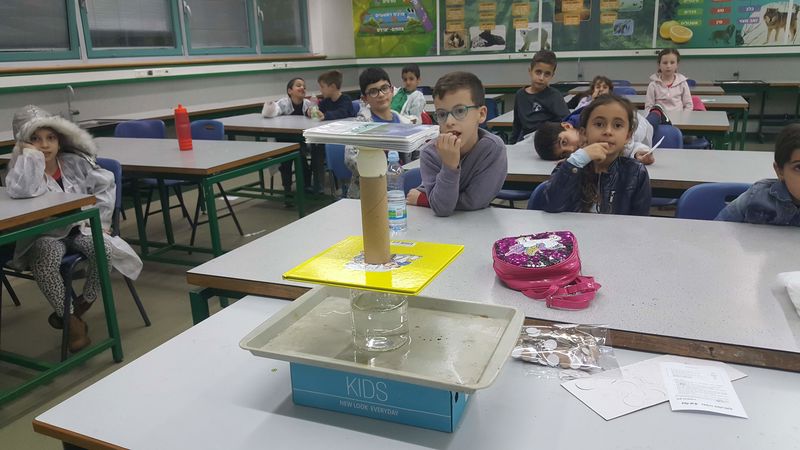
#2 Egg in viniger: A Shell-shocking Transformation
Submerge an egg in vinegar and observe over a few days as the shell dissolves, leaving a squishy, translucent membrane. This experiment showcases the chemical reaction between the acidic vinegar and the calcium carbonate shell, a vivid demonstration of acid-base reactions.

#3 Raw or Boiled: An Egg Spinner
Can you tell if an egg is raw or boiled without breaking it? Spin the egg! A boiled egg spins smoothly, while a raw one wobbles due to the fluid inside. This experiment highlights the principles of inertia and fluid dynamics, offering a simple yet effective demonstration of physics.
<<Click here to learn more about the egg spinner experiment>>
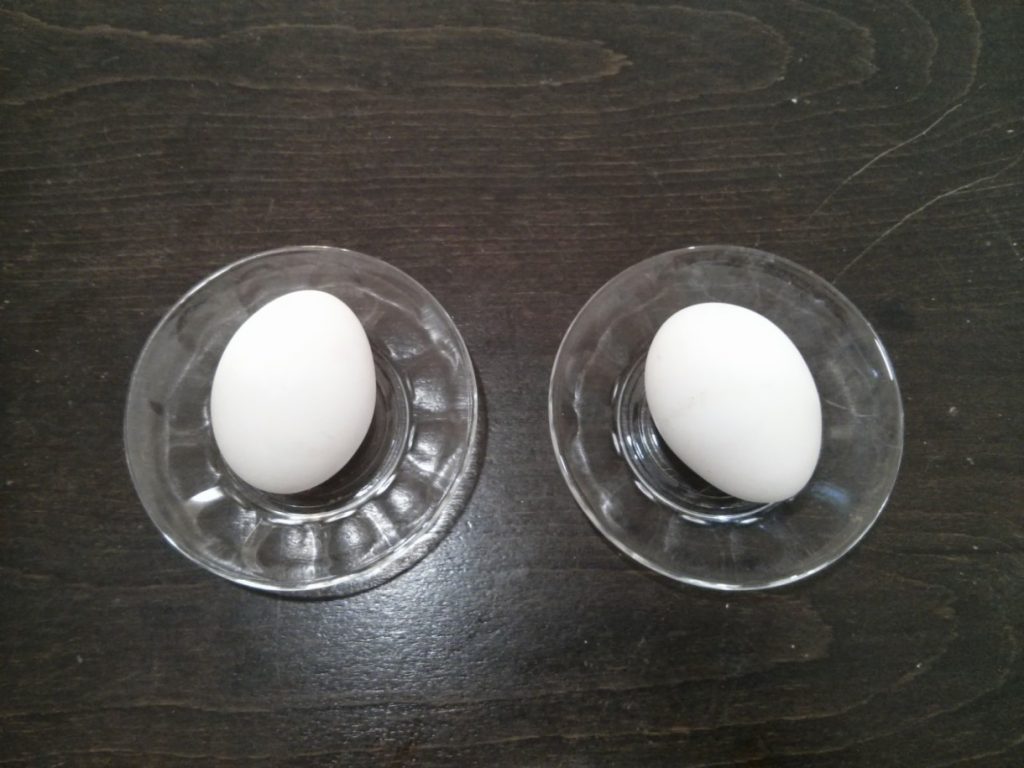
#4 Egg in a bottle: Hot to Cold Transfer
Add an intriguing twist with the thermal egg-scape experiment. Place a boiled egg on the mouth of a bottle filled with hot water, then quickly swap it to a bottle with cold water. The egg gets pushed into the bottle as the air inside cools and contracts, demonstrating air pressure and temperature’s effect on gas volume

#5 Egg Standing Challenge: A Lesson on Stability
Challenging someone to make an egg stand on its end is a classic. Sprinkle a bit of salt on a flat surface and carefully balance the egg. This not only tests patience but also teaches about the center of gravity and the stabilizing effect of the salt grains.

#6 To Float or Sink: An Egg-periment in Density
Fill a glass with water and another with saltwater, then gently place an egg in each. The egg sinks in fresh water but floats in saltwater. This experiment illustrates density and buoyancy, providing a clear example of how salinity affects water’s density.
<<Click here to learn more about the float or sink exeriment!>>

There are endless more experiments with eggs. From observing osmosis with dyed water to using eggs to demonstrate air pressure concepts, each experiment offers a unique learning opportunity. Engage in these activities to spark curiosity and encourage scientific exploration among children.
Through these simple yet enlightening experiments, eggs transform into tools of discovery, teaching important scientific concepts in a hands-on manner. Such activities not only make learning fun but also foster a deeper understanding of the world around us.
Remember, the key to a successful scientific exploration is curiosity, patience, and a willingness to learn from the outcomes, whatever they may be. So, gather your eggs and let the experiments begin!






